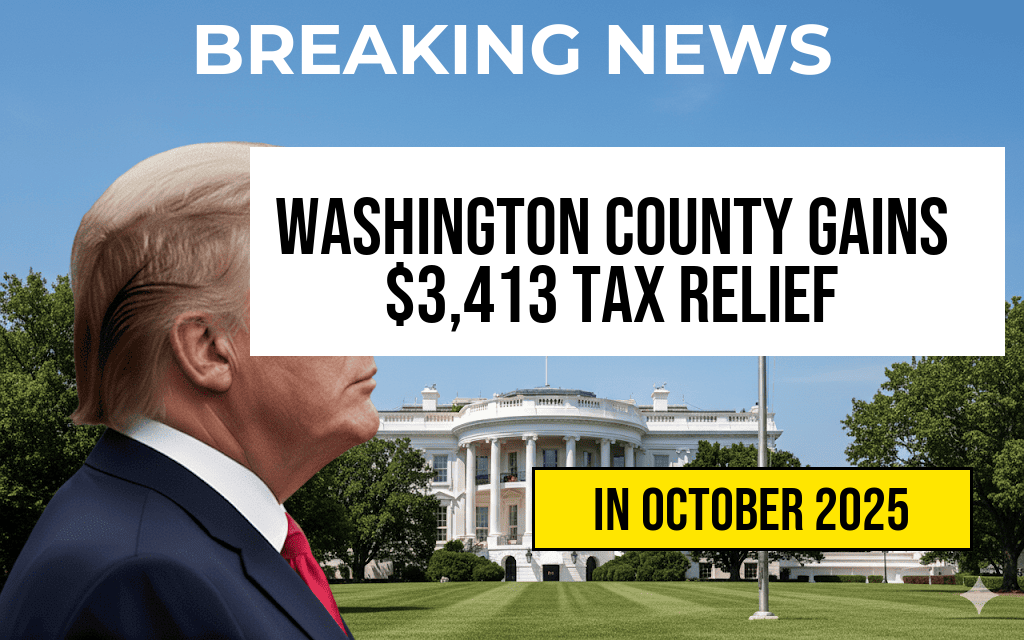Massive federal grant reductions totaling over $1.1 trillion have sent shockwaves through public programs nationwide, prompting widespread concerns about the future of essential services. The unprecedented scale of cutbacks, announced by the Department of Finance earlier this week, affects a broad spectrum of sectors including education, healthcare, infrastructure, and social services. As federal funding diminishes, states and localities are left grappling with significant budget shortfalls, forcing reconsideration of ongoing projects and future commitments. Experts warn that these reductions could result in job losses, diminished access to critical programs, and increased disparities across communities.
Scope of the Federal Grant Reductions
The $1.1 trillion slash in federal grant funding represents one of the largest reallocations in recent U.S. history. The cuts are part of a broader effort to recalibrate federal spending amid mounting national debt concerns and shifting fiscal priorities. According to the Department of Finance, targeted reductions span multiple agencies and programs, including:
- Public education grants
- Health and social services funding
- Infrastructure development initiatives
- Research and innovation grants
- Environmental conservation programs
Impact on Education
Public schools and higher education institutions are among the hardest hit by the funding cuts. Many districts rely heavily on federal grants to support special education, after-school programs, and infrastructure upgrades. The National Education Association estimates that school districts could face budget shortfalls exceeding $200 billion over the next year, leading to layoffs, program cuts, and increased class sizes.
Healthcare Sector Challenges
The reductions have immediate implications for healthcare providers, especially those serving vulnerable populations. Medicaid and community health grants are expected to face significant decreases, threatening access to essential services for millions. The American Hospital Association warns that hospital closures and service reductions are likely in regions heavily dependent on federal support, exacerbating healthcare disparities.
Infrastructure and Research Funding
Federal investments in infrastructure, including transportation projects and water systems, are also facing severe constraints. States that rely on federal grants for road repairs, public transit, and environmental remediation are recalibrating their budgets accordingly. Similarly, cuts to research grants threaten to slow innovation in sectors such as renewable energy, biomedical sciences, and technology development, potentially impacting future economic growth.
State and Local Responses
Officials across the country are voicing concern over the broad reach of the reductions. Governors and municipal leaders are preparing contingency plans to cope with the decreased federal support. Some states are exploring alternative funding avenues, such as increasing taxes or reallocating existing budgets, although these measures often face political resistance.
| Sector | Projected Funding Reduction | Potential Consequences |
|---|---|---|
| Public Education | $300 billion | Program cuts, teacher layoffs, infrastructure delays |
| Healthcare & Social Services | $250 billion | Reduced access, hospital closures, increased health disparities |
| Infrastructure | $200 billion | Project delays, maintenance deferrals, job losses |
| Research & Development | $150 billion | Slowed innovation, reduced scientific output |
| Environmental Programs | $100 billion | Conservation efforts scaled back, increased environmental risks |
Broader Economic and Social Implications
Economists warn that the scale of these reductions could have ripple effects throughout the economy. Reduced federal spending may lead to decreased consumer confidence, fewer jobs in affected sectors, and slower economic growth. Social equity concerns are also mounting, as lower-income communities and marginalized populations tend to bear the brunt of funding cuts.
Political Reactions and Future Outlook
Political leaders are divided on the issue. Supporters argue that the cuts are necessary to address fiscal discipline, while opponents emphasize that the reductions threaten to undermine progress in vital public services. Discussions about alternative funding mechanisms and legislative measures are ongoing in Congress, with some advocating for targeted increases in specific programs to offset the most damaging effects.
While the full impact of the federal grant reductions will unfold over the coming months, it is clear that the landscape of public programs in the United States faces significant upheaval. Stakeholders across sectors are now grappling with the challenge of maintaining services amid shrinking resources, a task that will test the resilience and adaptability of American public institutions.
For more information on federal funding and public policy impacts, visit Wikipedia’s page on the federal budget and Forbes coverage on recent federal funding changes.
Frequently Asked Questions
What is the main reason behind the federal grant cuts of $1.1 trillion?
The federal government has implemented these grant cuts primarily due to ongoing budget deficits and the need to reduce public spending to manage the national fiscal deficit.
How do the federal grant cuts affect public programs nationwide?
The significant reduction of $1.1 trillion in federal grants has led to the halt of many public programs across the country, impacting areas such as education, healthcare, and community development.
Which specific public programs have been most affected by these cuts?
Programs related to public health, education funding, social services, and infrastructure projects are among the most affected due to the drastic reduction in federal funding.
What are the potential consequences for communities and citizens?
Community services may experience reductions, leading to fewer resources for schools, health clinics, and social programs, which can adversely impact public well-being and economic stability.
Are there any measures being taken to address the impact of these grant cuts?
Some government officials and local organizations are exploring alternative funding sources and policy adjustments to mitigate the effects of the federal grant reductions.






